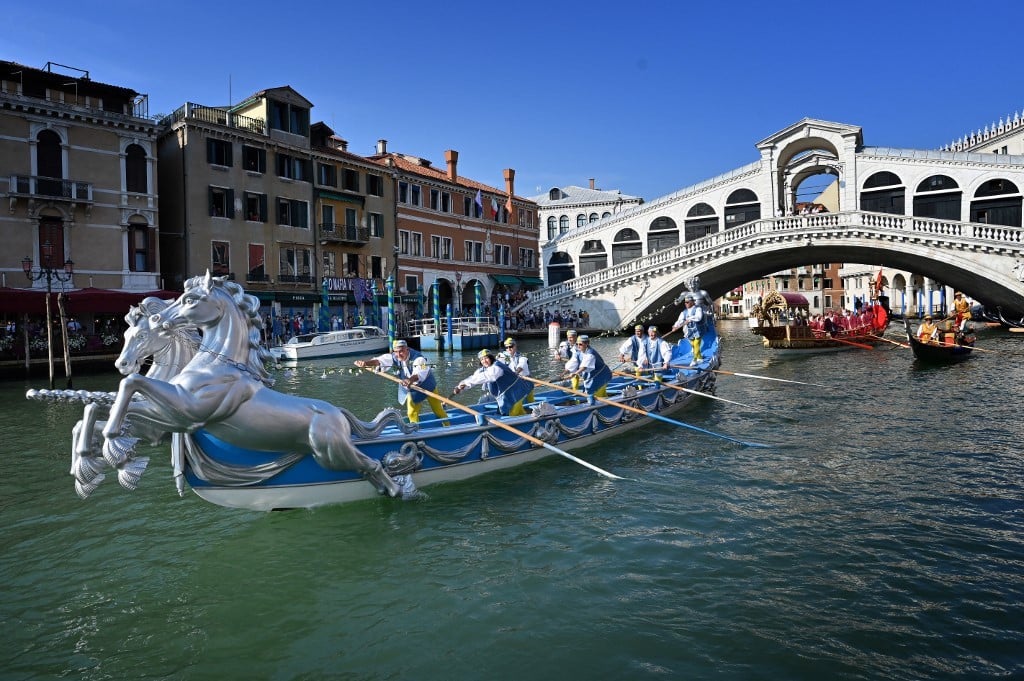La Bella Vita is our regular look at the real culture of Italy – from language to cuisine, manners to art. This newsletter is published weekly and you can receive it directly to your inbox: go to newsletter preferences in ‘My Account’ or follow the instructions in the newsletter box below.
September is here and il rientro is upon us, as Italian families travel back from their summer holidays, the cities fill up again, and the country prepares to return to school and work.
But while il rientro is often translated as merely the start of a new school year or the end of a holiday, it has a deeper cultural significance. Here’s more about what to expect this month as the national mood shifts:
Why ‘il rientro’ means so much more in Italy than a new school year
The summer travel season isn’t over just yet though, and popular destinations in Italy are still crowded at this time of year. Venice is probably the most famous example; the city will be especially busy in September too, as visitors arrive for a full schedule of cultural events including the annual Historical Regatta.
But if you’re planning a trip to the floating city soon, it’s easier than you might think to avoid the notorious tourist crush. From where you stay and how you get around to how you choose places to eat, there are a couple of very simple steps to making your trip to Venice a lot more enjoyable even in high season, as The Local’s reporter Giampietro, who was born and raised in Venice, explains in the guide below:
Five essential tips to escape the tourist crowds in Venice

And as anyone who has moved to Italy (or any other country) knows, life in a new culture unavoidably means you pick up new habits and change your way of doing things.
If, like me, you moved from the UK to Italy, the changes are probably almost all positive: you’ll no doubt find yourself taking longer lunch breaks, drinking better coffee, and choosing from a seemingly endless selection of fresh fruit which actually tastes like fruit. Readers have also told us that they now dress better, take more naps, and no longer worry about the calorie content of their food – it seems that la bella vita really does exist.
But, in one unexpected and less enjoyable lifestyle change, I’ve found that I also now spend an awful lot more time cleaning. As well as the fact that warmer countries mean (much) more dust and more insects to keep at bay, if you have Italian friends, family and neighbours, the social pressure to keep a sparkling clean house is real. So I wasn’t too surprised to hear that a survey found the average Italian spends an hour and a half every single week just on cleaning the bathroom – longer than anywhere else in Europe. So where does this national obsession with cleaning come from?
Why do Italians have such clean homes?
Finally, from ‘che palle’ to ‘basta!’ expressing irritation or disappointment is particularly satisfying in Italian. Here are some of the phrases you’ll want to perfect for when the right moment comes:
Eight Italian exclamations that will make you sound like a local
Remember if you’d like to have this weekly newsletter sent straight to your inbox you can sign up for it via Newsletter preferences in “My Account”.
Is there an aspect of the Italian way of life you’d like to see us write more about? Please email me at [email protected].




 Please whitelist us to continue reading.
Please whitelist us to continue reading.
Member comments